Landslides Due to Pasture Degradation and Soil Erosion, Overgrazing of Livestock, Chapalak Area
Coordinates: 40.412264, 72.889746
The main reason for the acute environmental situation in Kyrgyzstan is overgrazing, which is not only due to the large number of livestock but also to changes in the pasture usage system, which has become year-round. As a result, there is degradation of pastures, and the processes of replacing annual fodder grasses with weeds are intensifying. The negative consequences of overgrazing include desertification, soil erosion, deforestation, degradation of plant and animal wealth, decreased productivity of the livestock itself, and ultimately, a reduction in the level of food security for humans.
Everywhere near populated areas, changes in the appearance of fine-grained cereal steppes are already observed due to perennial (most often excessive) grazing: the height of the grass cover and the nutritional value of the vegetation are decreasing, desertification is occurring, and pastures are being overrun by inedible and weed vegetation. The tugai forests of the region suffer from overgrazing, as the underbrush is eaten away and removed. Pasture degradation is occurring. The species composition of traditional pastures is impoverished, and over time, it is completely filled with thickets of less suitable or even poisonous grasses. Pasture rotation, that is, the change of pastures, is almost not practiced in the country.
Experts propose measures such as adhering to a pasture rotation system, seasonal migrations; regulating livestock numbers based on pasture resources; cultivating annual and perennial grasses to improve the fodder base and reduce livestock mortality from lack of feed; introducing irrigation systems for watering hayfields, pastures, and watering points.
Additionally, reducing livestock numbers by introducing more productive breeds, directing shepherds towards other income-generating activities—such as ecotourism and rural tourism—provides opportunities for processing livestock products and organizes a market for livestock breeders, allowing them to reduce the number of livestock through earnings from side activities.
The main reason for the acute environmental situation in Kyrgyzstan is overgrazing, which is not only due to the large number of livestock but also to changes in the pasture usage system, which has become year-round. As a result, there is degradation of pastures, and the processes of replacing annual fodder grasses with weeds are intensifying. The negative consequences of overgrazing include desertification, soil erosion, deforestation, degradation of plant and animal wealth, decreased productivity of the livestock itself, and ultimately, a reduction in the level of food security for humans.
Everywhere near populated areas, changes in the appearance of fine-grained cereal steppes are already observed due to perennial (most often excessive) grazing: the height of the grass cover and the nutritional value of the vegetation are decreasing, desertification is occurring, and pastures are being overrun by inedible and weed vegetation. The tugai forests of the region suffer from overgrazing, as the underbrush is eaten away and removed. Pasture degradation is occurring. The species composition of traditional pastures is impoverished, and over time, it is completely filled with thickets of less suitable or even poisonous grasses. Pasture rotation, that is, the change of pastures, is almost not practiced in the country.
Experts propose measures such as adhering to a pasture rotation system, seasonal migrations; regulating livestock numbers based on pasture resources; cultivating annual and perennial grasses to improve the fodder base and reduce livestock mortality from lack of feed; introducing irrigation systems for watering hayfields, pastures, and watering points.
Additionally, reducing livestock numbers by introducing more productive breeds, directing shepherds towards other income-generating activities—such as ecotourism and rural tourism—provides opportunities for processing livestock products and organizes a market for livestock breeders, allowing them to reduce the number of livestock through earnings from side activities.
The research was conducted with the support of the Global Greengrants Fund (GGF), one of the leading donor organizations in the world that supports the efforts of ordinary people to protect planet Earth.
#GlobalGreengrantsFund #GreengrantsFund #Greengrants #GGF #GlobalGreengrantsFund
#GlobalGreengrantsFund #GreengrantsFund #Greengrants #GGF #GlobalGreengrantsFund


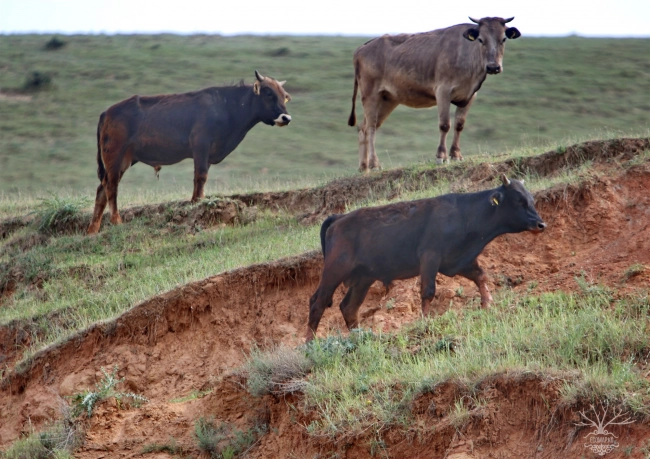
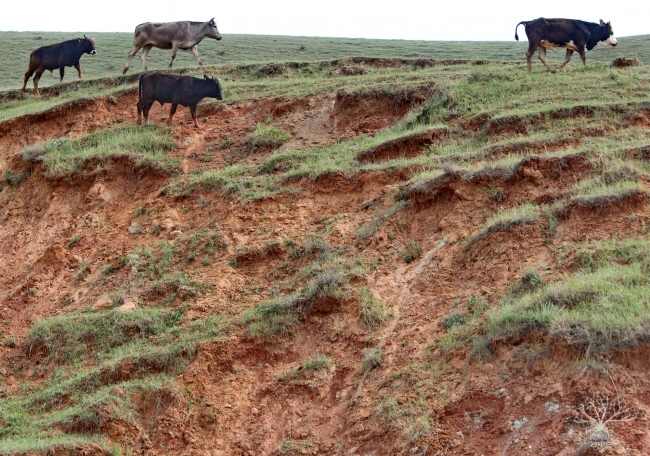

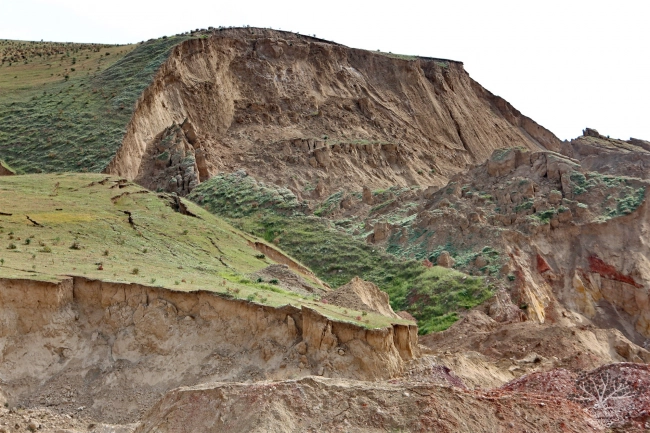
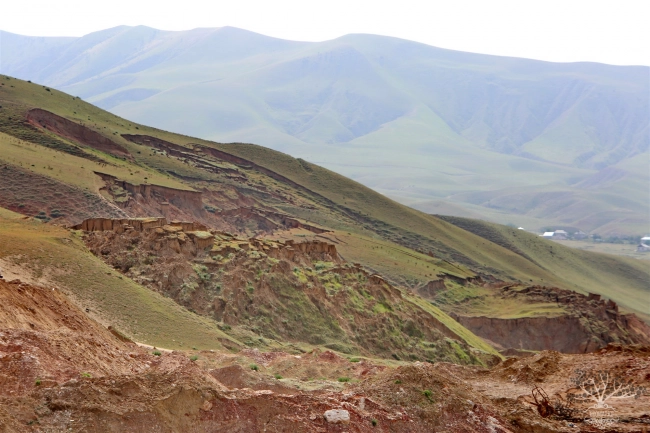

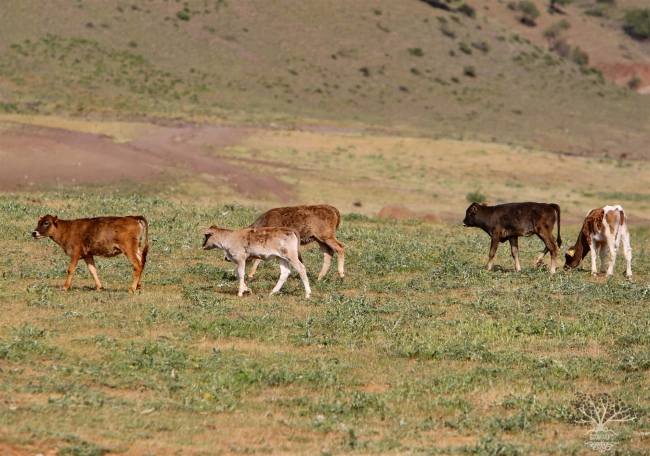
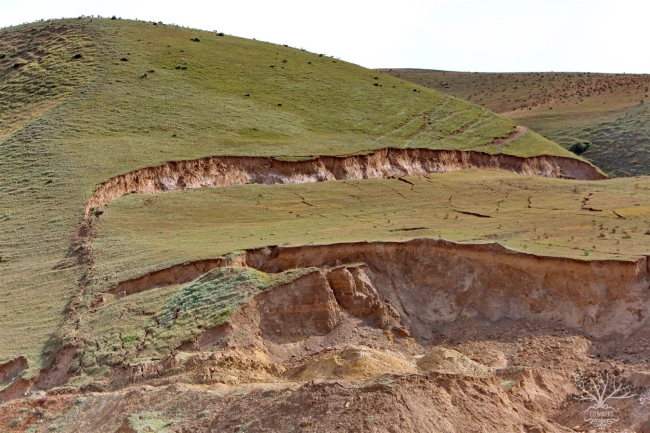
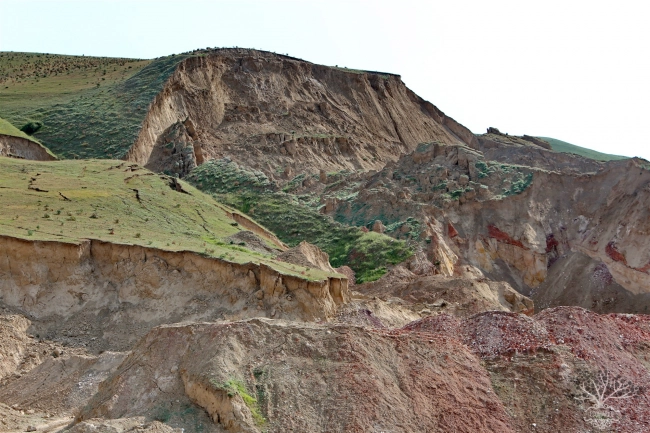

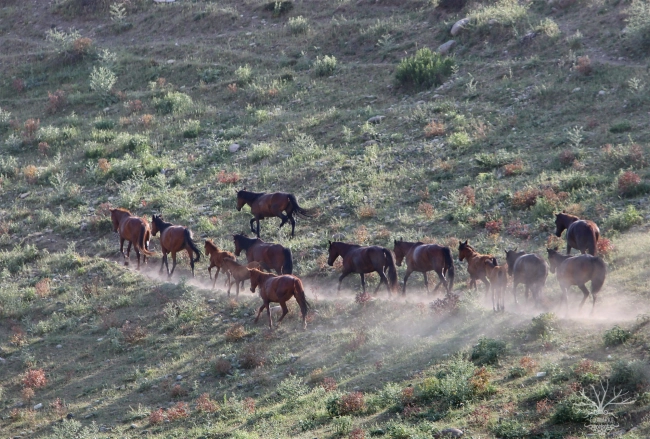
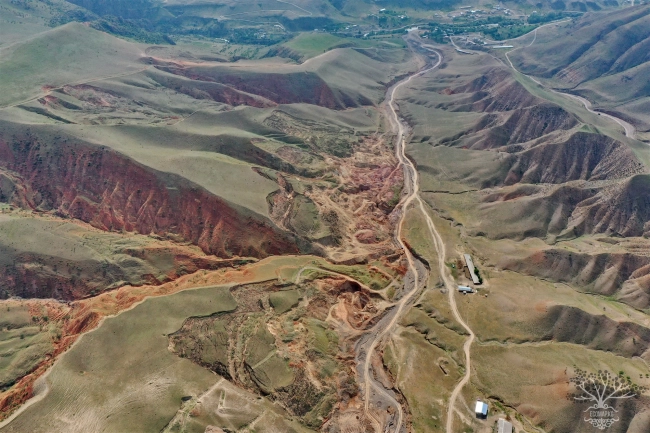

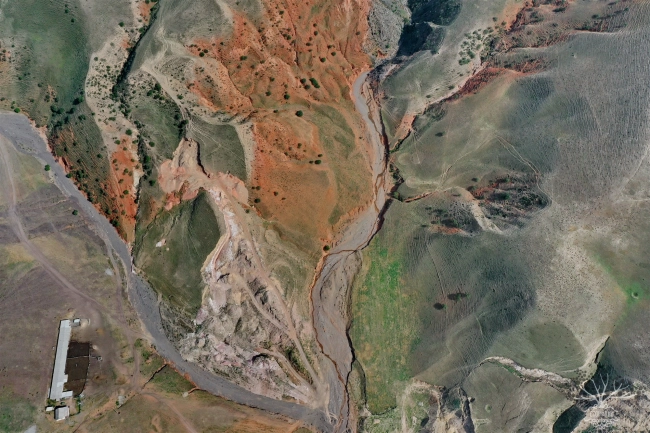
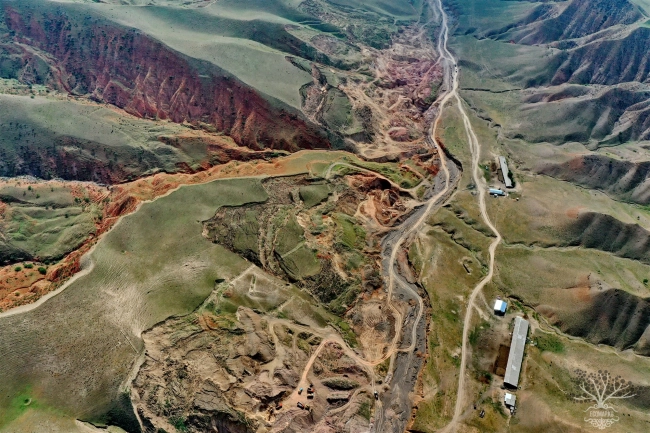
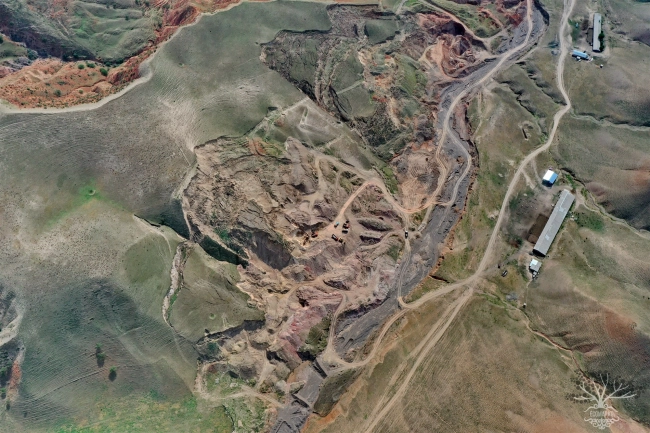
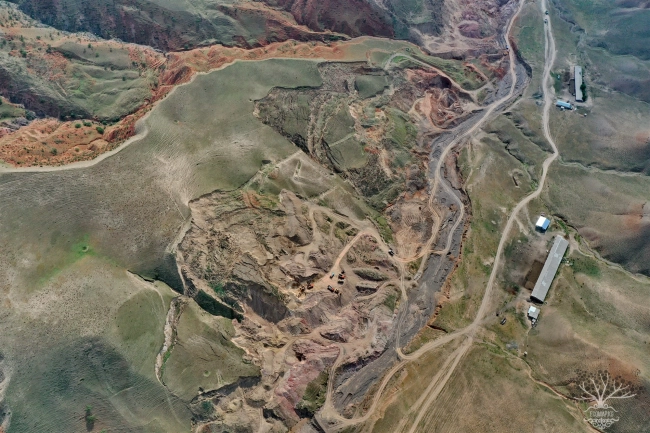
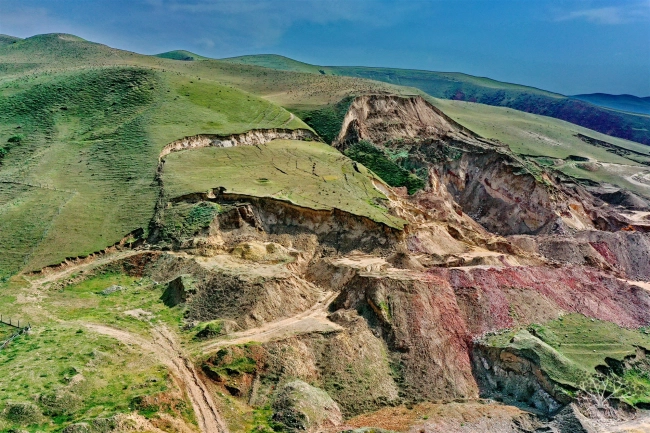

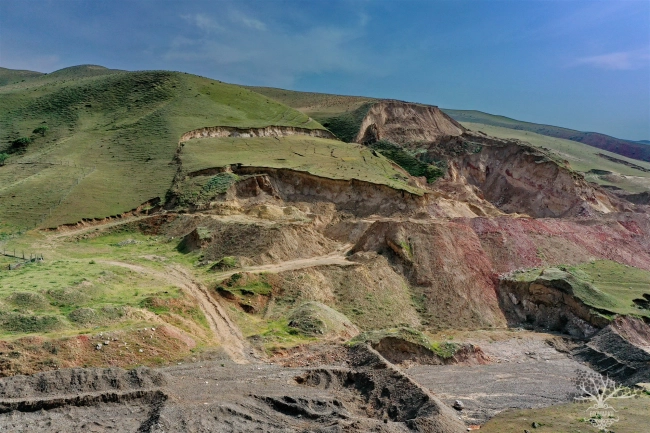

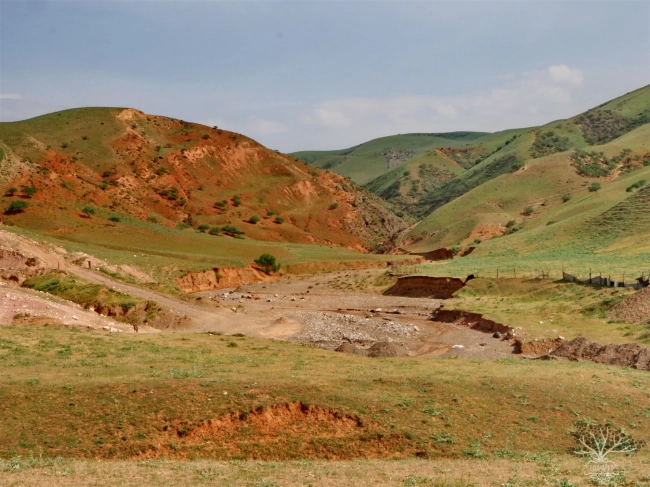
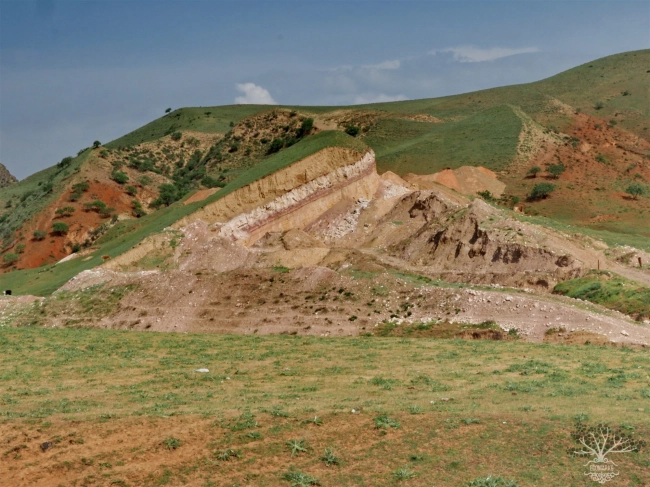
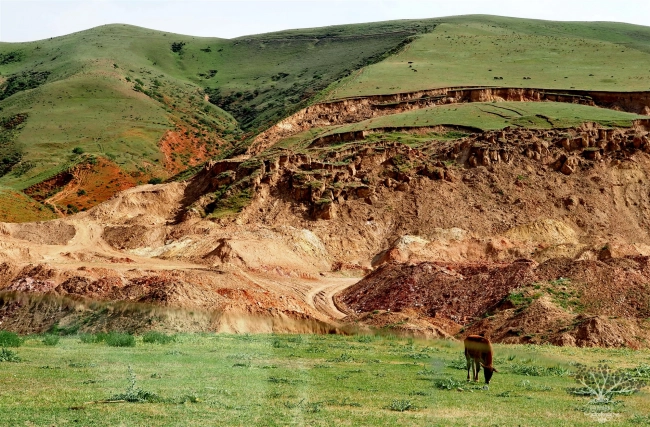


















Attention: Information based on submitted complaints